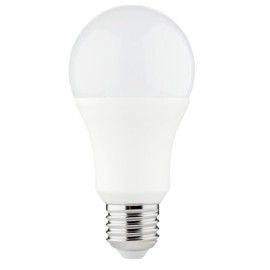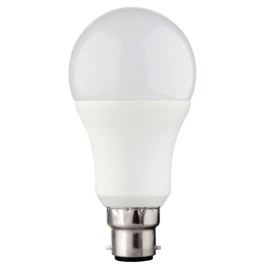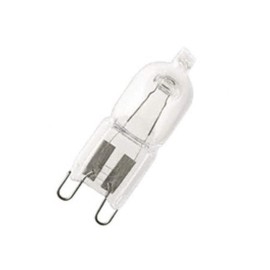
New Energy Label for LED Lamps: What you need to know
You may have noticed that the energy efficiency label on the packaging of LED lamps has changed, and some LED lamps now have a rating of E; do not be alarmed, they are still energy efficient! The reason the energy labels look different is that the rating system has changed in Europe and in the UK, and this blog post tells you everything about the new energy efficiency labels for LED lamps. Some customers were quite intrigued to purchase a 5W or 6W LED lamp and find out that the energy efficiency label says it is E or D. We had quite a few calls and emails from customers concerning this, so we thought we should explain to the best of our ability what all this means. How come an A+++ energy-rated LED lamp is now a D energy-rated lamp? Read below to find out more concerningThe new rules for energy labels for lighting products.The old energy label vs the new energy labelThe new energy efficiency requirementsThe contents of the Light Products New Energy LabelHow to Read the Packaging for a LED LampNew Energy Efficiency Label - FAQConclusion and Further ReferencesWhat are the New Rules for Energy Labels for LightingThe reason there are no more A++, A+, etc is that there are some alterations to the rules for energy efficiency labels. These were triggered by the new EU 2019/2020 Single Lighting Regulation (SLR, laying down ecodesign requirements for light sources and separate control gear) and the new EU 2019/2015 Energy Label Regulation (ELR, laying down energy labelling requirements of light sources). The SLR replaces and repeals three regulations: (EC) No 244/2009, (EC) No 245/2009 and (EU) No 1194/2012, giving a single point of reference for compliance, and it defines in new terms the light sources covered under the regulation and separate control gear. By light sources, we mean anything that emits light such as LED lamps, LED modules, LED luminaires, etc. These new and more stringent minimum efficacy thresholds on light sources and separate control gear push the lighting industry forward to innovate and improve energy efficiency beyond existing technology. Furthermore, they encourage design for a circular economy, reducing refuse and increasing reuse. Products now need to be designed to be more reliable, even upgradable, and the "right to repair" is now enabled; furthermore, they need to contain more recyclable material and be easier to dismantle. All these are good both for consumers and for the earth, for less waste will end up in a landfill. The ELR replaces and repeals two regulations: (EC) No 874/2012 and (EC) No 2017/1369. It defines the new energy labelling requires for packaging, sales literature, websites, and distance selling. All products requiring energy labels will need to be registered into the EPRLEL database, and a QR code that links to the technical product info is mandatory. In the UK, these rules were incorporated into the UK law under The Ecodesign for Energy-Related Products and Energy Information (Lighting Products) Regulations 2021 2021 No. 1095. According to Integral LED, one of our lighting suppliers, "These are new European Commission regulations which were ratified and published in December 2019. Since the UK has left the European Union, it decided to replicate the technical requirements and combine them into one UK regulation known as a Statutory Instrument. In practical terms, this means the new lighting regulations will apply to EU member states and the UK in a near identical fashion – only specific regulatory markings are likely to vary, for example, CE/UKCA and EU/GB flags on point of sale energy labels."LED Lamps and LED Lights at SparksThe Old Energy Label and the New Energy Label: what's the DifferenceIt is not just the label that changed but the energy rating has also changed. The old ratings lost clarity as the efficiency essential to the previous regulation had maxed out. There were products rated A, A+, or A++, while the E and F ratings had become redundant. There was a need for better energy ratings to make things more clear and improve the understanding of the energy rating classifications. Here is what the old EU Energy Label used to look like, with a rainbow colour scale going from Green to Red, and a lettering scale from A+++ to E. Here is what the new EU and UK energy labels look like; the revised scale is still green to red in colour, but the lettering scale is from A to G, with more energy efficiency needed to achieve these levels. Just as a quick reference, many lighting products that were rated A++ in the old energy label will now be rated C or D in the new energy label. See here some of the newest LED lamps with the best energy label rating. The New Energy Efficiency RequirementsJust as a comparison, what used to be 120lm/W in the A++ class before 2021, now it is class E in the new energy efficiency requirements.The reason lighting products have lower ratings now on their new label is not that they are less efficient; rather, they consume the same amount of power as they always have, but now their energy efficiency has been lowered. The old energy ratings A+, A++, and A+++ no longer exist; the new scale is from A to G, and B and C ratings are the best in class, the most energy-efficient lights. Unfortunately, there's no way to compare the old label with the new one due to the new energy efficiency requirements. Full explanations and details regarding the Energy Label can be found via this website, and there's a PDF that can help you understand more concerning the label. The focus has shifted from Watt to Lumen; yes, wattage is important, but more light output is appreciated. For example, a 20W halogen spot is equivalent to 190lm LED 12V and 110lm LED 230V, while a 15W incandescent bulb is equivalent to 140lm LED and 130lm energy-saving bulbs. The contents of the Light Products New Energy LabelAccording to the new rules, the new energy labels need to contain certain items, such asThe supplier's name and model number. This refers to the manufacturer's name and the model number of the LED lamp. Energy Rating: the new energy rating on a scale from A to G. Power Consumption: the number of kWh/1000h consumed by the LED lamp; it is rounded up to the next single watt. QR code: QR code to access the detailed product information sheet registered in the European Commission's EPREL database.Buy Integral LED Light bulbsHow to Read the Packaging for a LED LampOn light products' packaging, you can now find a lot of useful information by reading its label. The new rules are being applied from the 1st of October 2021, and the lighting manufacturers need to indicate either by icons or text concerning the following features:Energy label: The light sources energy consumption in kWh per 1000hWattage: the on-mode power for the light source in WLuminous Flux (lm): indicating how much light the light source emits. A high Lumen value means a more distinguished light. Kelvin (K): is a colour temperature scale used to indicate how warm or cold the light output is perceived. Outdoor use: it indicates whether the light source can be used outdoor - this has to be on the packaging. Beam angle: the angle of the light output in degrees or the range of light output angle.Dimming: the dimming icon indicates whether the light source is dimmable or not. Lifetime: it indicates the light source's lifetime in hours from the start of use until the light output has degraded to less than 70% of the original output. Ra-value (Colour rendering index, CRI): the Ra-value indicates the light source's ability to reproduce a lifelike colour; daylight, for example, has a Ra-value of 100. QR Code: Further product information will be available to consumers via the new QR Code included in the labels. The product manufacturer is responsible for ensuring the QR code links to a relevant information source, this could be for example the new EU product database or their own website. LED lamps with CRI 80New Energy Efficiency Label - FAQQ: Why are there two different energy labels with my product?A: Over the last 20 years, the energy efficiency of products has improved. This means the information on the energy label needs to change to ensure it can continue to help you find the best products. As the new information is phased in, there will be a short time when products may feature both the old and new labels.Q: Why do the two labels show different information for the same product?A: The new label will show different energy ratings for your product. This may seem strange but the new label has been updated to take into account how you use your products at home, as well as provide more detailed information on other features of the product. This will give you a more accurate and realistic idea of how your product will perform over its life.Conclusion and Further ReferencesThe matter of the energy labels for the light bulbs/LED lamps is a complicated and vast one, and in this guide, we do a quick overview of this issue. There is nothing to worry about if you purchase a LED lamp that has an energy rating of E or D according to the new label; you simply need to check the lumens output and make sure it is low wattage, and it will save you £££ of your bills. Read more on this topic via the following links:Guide to energy performance certificates (via Energy Saving Trust).New Lighting Regulations 2021: what you need to know (via Integral LED)Energy ratings: everything you need to know (via Energy Saving Trust).The New Energy Label for Light Sources (via Label 2020 Europe). The New EU Energy Label Explained (via gov.uk). About the changes to energy rating labels this year (via ML Accessories).





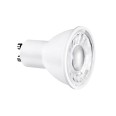
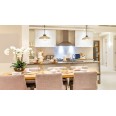
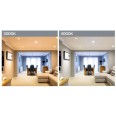
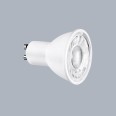


-270x270.jpg)
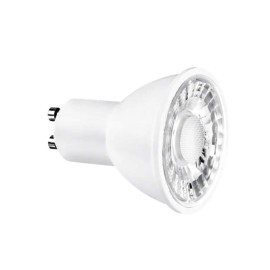
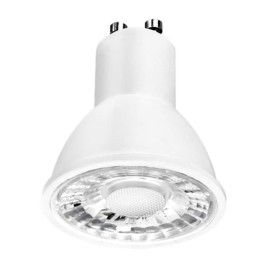

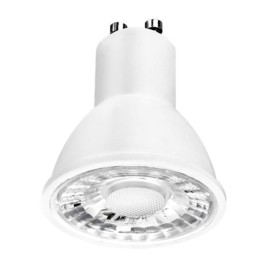
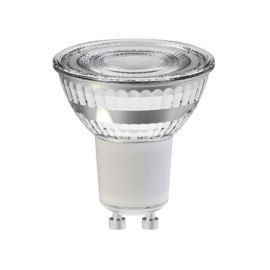
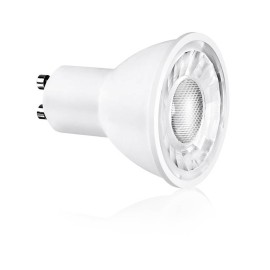
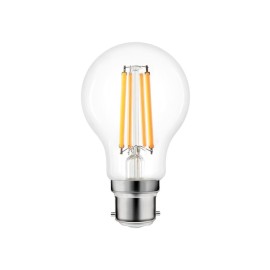
-270x270.jpg)
